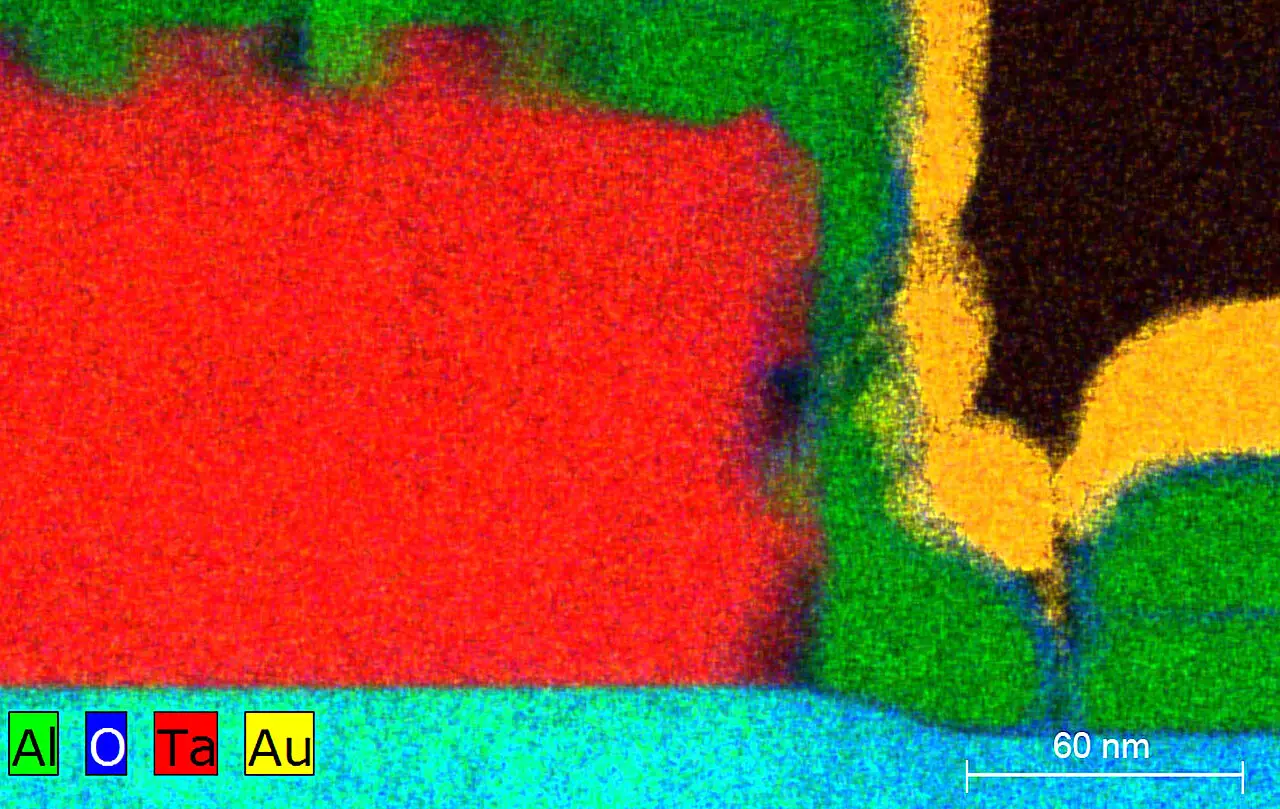Quantum computing is an emerging field that has the potential to revolutionize various scientific disciplines. Scientists from Yale University and the U.S. Department of Energy’s Brookhaven National Laboratory have been researching ways to improve the performance of qubits, the building blocks of quantum computers. Energy loss in qubits has been identified as a major obstacle to achieving optimal performance, and understanding the sources of this energy loss is crucial for advancing quantum computing technology.
One of the key challenges in quantum computing is improving the ability of qubits to retain quantum information, also known as coherence. By developing a systematic approach, researchers were able to identify the different sources of energy loss in qubits. This knowledge is essential for adjusting materials and optimizing the design of quantum devices to enhance coherence and overall performance.
The choice of materials used in qubits has a direct impact on their performance. Researchers discovered that using a superconducting metal called tantalum, instead of traditional materials like niobium or aluminum, resulted in improved coherence. By investigating the tantalum oxides that form on the metal’s surface and implementing coatings to prevent oxidation, researchers were able to reduce energy loss and enhance the performance of qubits.
Designing Innovative Quantum Devices
Under the leadership of Robert Schoelkopf at Yale University, researchers developed a device called a tripole stripline to quantify and analyze energy loss in qubits. This innovative device allowed researchers to differentiate between surface loss and bulk dielectric loss by observing different modes of energy dissipation. Through electromagnetic tests with the tripole stripline, researchers could pinpoint how different materials and fabrication techniques influenced energy loss in qubits.
Collaboration between researchers at Yale University and the Center for Functional Nanomaterials (CFN) at Brookhaven Lab played a significant role in advancing the understanding of materials used in quantum devices. Through advanced imaging techniques, scientists at CFN were able to analyze the microscopic structure of materials and identify coherence-limiting characteristics. This collaborative effort helped researchers make meaningful improvements in optimizing materials for quantum devices.
Optimizing Circuit Geometry for Enhanced Performance
By combining their knowledge of electromagnetic properties and material composition, researchers at Yale University were able to develop an energy loss model that predicted coherence based on constituent materials and circuit geometry. This predictive model enabled researchers to optimize circuit geometry and design quantum devices with significantly enhanced coherence times. This achievement marks a significant milestone in advancing quantum computing technology and demonstrates the potential for further enhancements in coherence.
Understanding energy loss in qubits is a critical step in improving the performance of quantum computers. By identifying the sources of energy loss, researchers can optimize materials and design of quantum devices to enhance coherence and overall performance. Collaborative efforts between quantum device experts and materials scientists have paved the way for significant advancements in quantum computing technology. As research in this field continues to evolve, the possibilities for achieving quantum computers that outperform classical computers are becoming increasingly achievable.


Leave a Reply